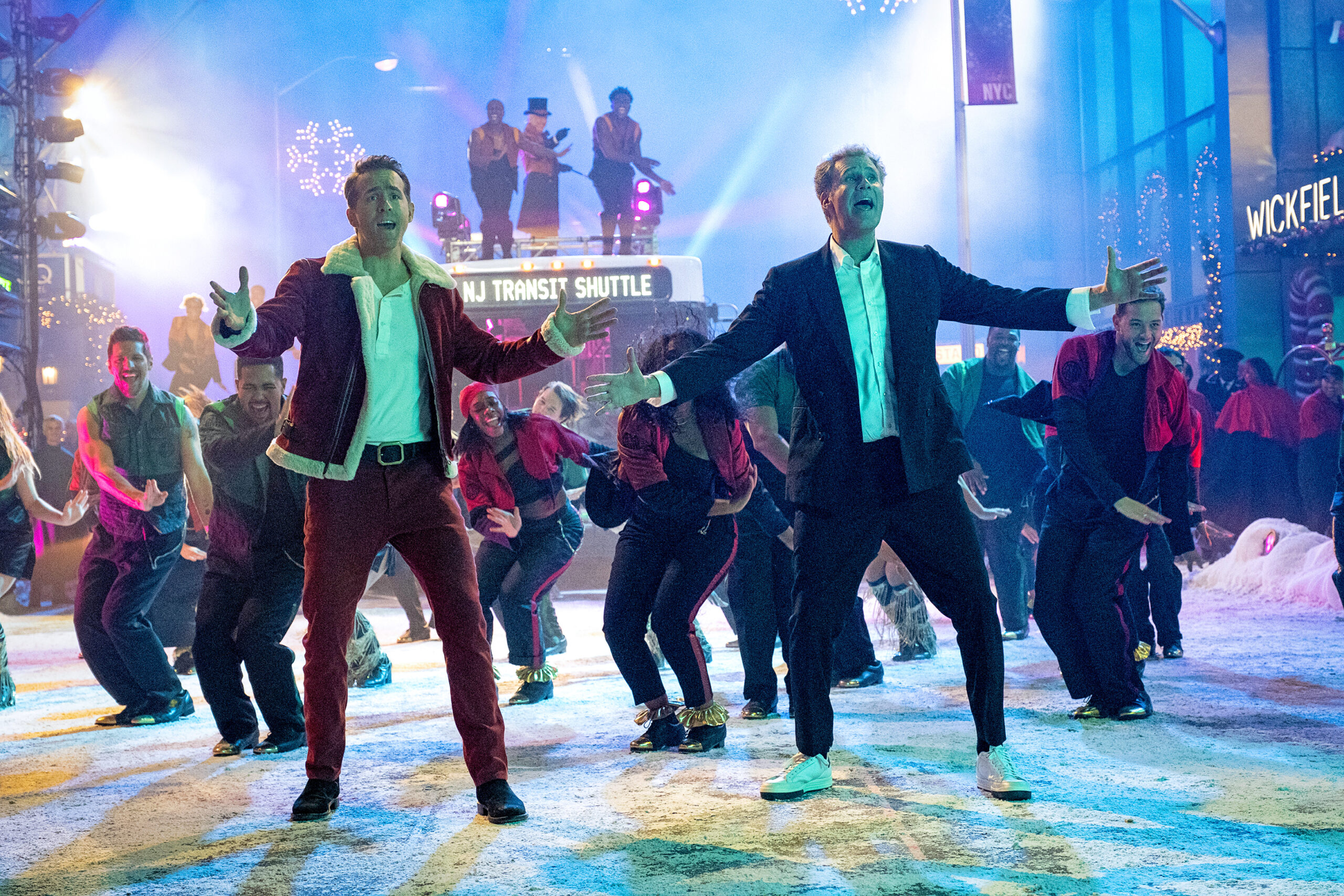How Do You Choreograph for an A-List Actor? 3 Pros Share Their Secrets to Success
From Patrick Swayze lifting Jennifer Grey above his head in Dirty Dancing, to John Travolta and Uma Thurman doing “The Twist” in Pulp Fiction, to Emma Stone and Ryan Gosling tapping their way through “A Lovely Night” in La La Land, dancing Hollywood A-listers have made simple steps iconic on the silver screen. Behind the movie magic and clever choreography is a hard-working choreographer, navigating the challenges unique to actors with varying levels of skills in dance. Leading industry choreographers Chloé Arnold, Marguerite Derricks and Mandy Moore share their experiences on what it’s really like to create dances for the stars.
A-List Choreography
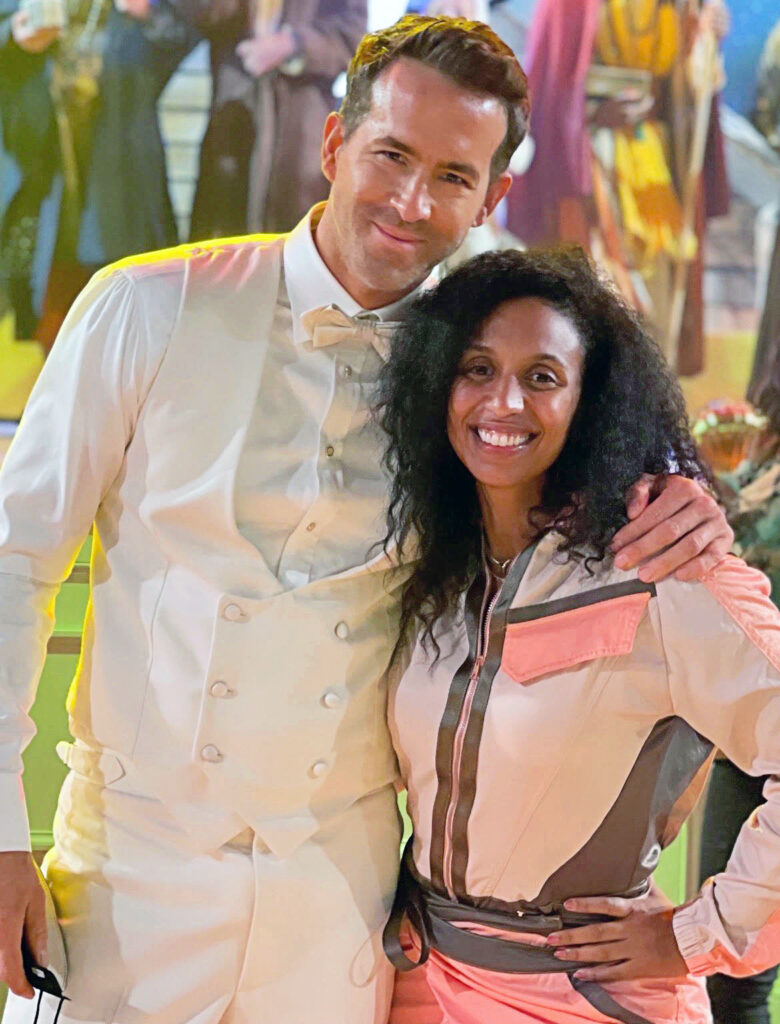
Creating choreography for celebrities takes a different set of skills—and amount of time—than working with elite professional dancers. “With dancers, you know they can do anything you come up with,” says choreographer and tap dancer Chloé Arnold, who created the moves for Ryan Reynolds, Will Ferrell and Octavia Spencer for the 2022 holiday film Spirited. “Whereas with celebrities, you have to first build trust, then take the time to discover how their body naturally moves.” Uncovering strengths is the first step: For example, certain actors might have an innate musicality. Once a choreographer is aware of that, they can highlight that strength while avoiding steps that magnify their weaknesses.
Marguerite Derricks, who choreographed for the Amazon Prime series “The Marvelous Mrs. Maisel” from 2016 to 2022, believes that adaptability is essential when choreographing for A-listers. “Once I have the script, I go into a studio with an assistant and put together movement ideas,” she says. “Then I take those ideas to the actors, but I’m very ready to change up the moves. Right when I walk in, I tell them I have hundreds of ideas in my pocket, so if we try something that looks great and feels good we continue. If not, I will remove it and start playing with new ideas.”
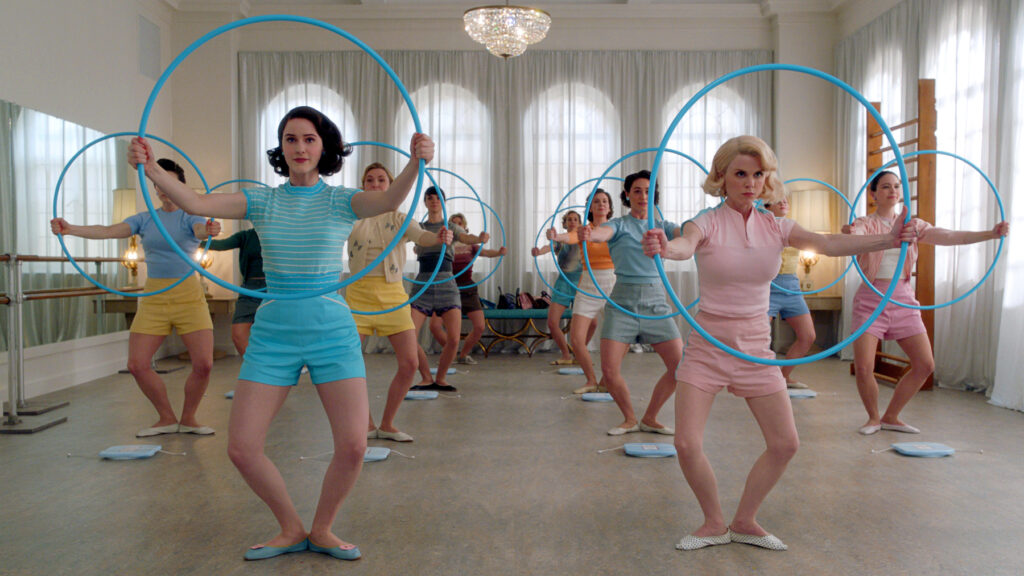
Derricks, whose movement has been featured in more than 50 films and 40 television shows, cultivates an open dialogue with performers and a low-stress environment in the studio. “It’s not about pushing a style or an idea on actors, but going in as their confidant and cheerleader, and making them feel comfortable,” she says. “When they see my patience, they are more patient with themselves.”
When La La Land choreographer Mandy Moore works with celebrities, she makes sure that she will have ample time to teach them to dance. “On set, things can change and shift, and if the actor understands the basics of movement and weight changes, as well as the choreography, they will be able to make changes without melting down.” She, too, enters the rehearsal space with an open mind. “I am someone who preps everything to a T, knowing it could all change the first second I get into rehearsal,” she says. “A celebrity’s time is limited, so you have to hit the bull’s-eye really quickly. I prepare multiple versions of everything in case they can’t do it.”
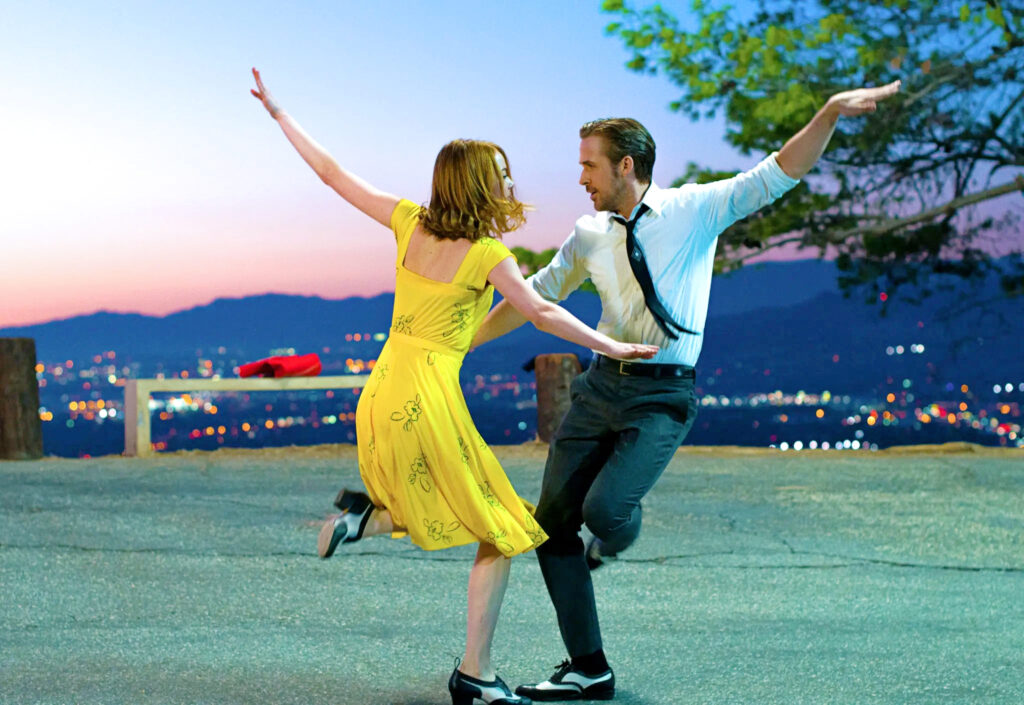
The Benefits
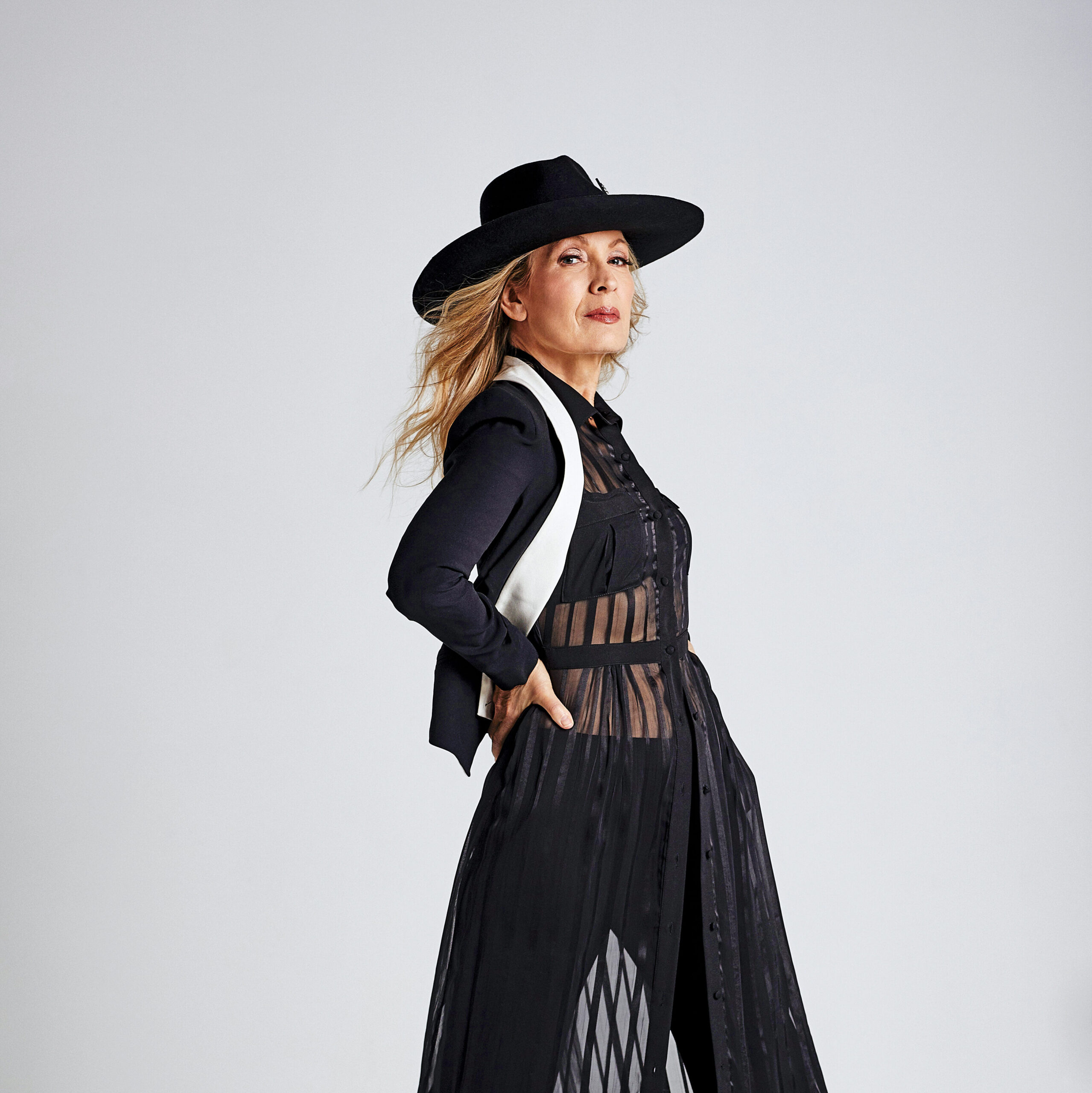
Having an A-lister on a project will bring attention to the work, but for these three choreographers, the benefits extend far beyond that. “What actors bring to the choreography is so rich—they totally embody the character,” Derricks says. “I get so excited because I know that in some ways, they will take my movement deeper than even dancers can.” That’s why Derricks encourages dancers to take acting classes. “You can kick and spin and pas de bourrée, but the magic is how you put it all together in a story. Acting brings greater depth to your dancing.”
The Spirited celebrities shared their genuine enthusiasm for tap with their massive fan base—as well as their appreciation for the dancers on set. “My favorite line in the film was when Ryan Reynolds’ character said, ‘Tap is new for me. It’s a very expressive medium,’ ” says Arnold. “It’s so great to have A-listers like that respect dance and bring it to the larger public.” Reynolds scheduled a “dancer appreciation day” every Wednesday on his social media channels; he’d asked the dancers in the cast to send him any video they wanted and then chose ones to highlight on his Instagram story. “He timed it out so that by the time the movie was over, all of the dancers had been posted,” says Arnold. Octavia Spencer gifted all the dancers Theraguns, and Will Ferrell offered what Arnold described as “a very generous gift that will support future dance generations,” though she didn’t share details out of respect for his privacy. “Everyone was so kind, and there were no big egos,” she says. “If one of the actors grasped something and the other didn’t, they would respond with comedy. If the steps didn’t work out and needed to be changed, they were trusting. They could have challenged me or pushed back, but there were no excuses.”
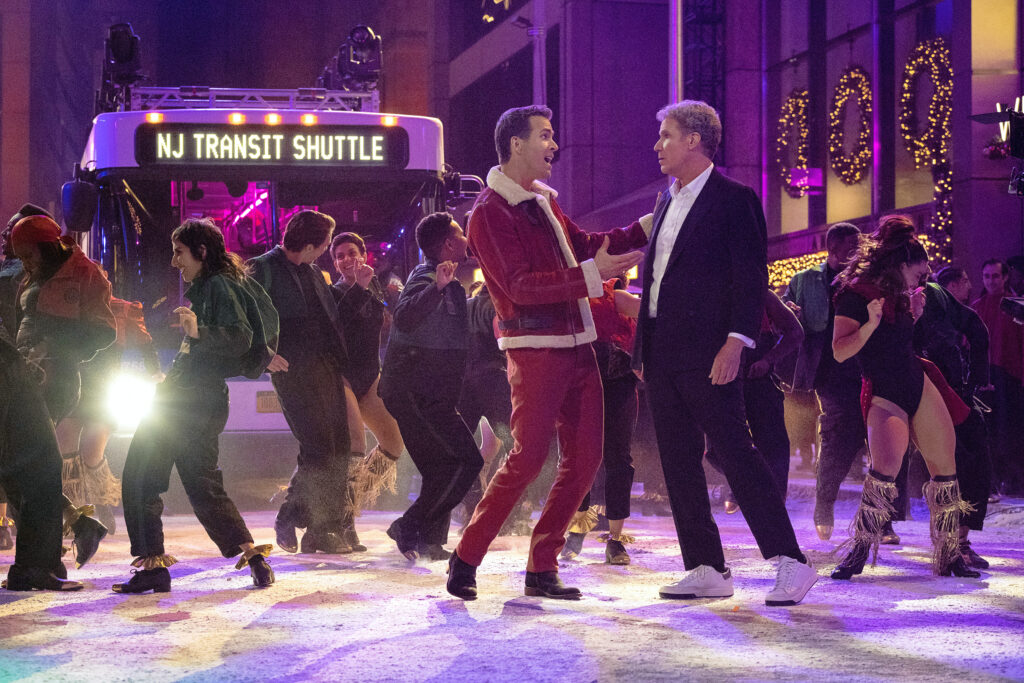
The Obstacles
Celebrity casting comes with its fair share of challenges: Egos, insecurity and nerves can require choreographers to navigate tricky situations. Take the time Derricks set a tango scene on two high-profile actors. On the first day of rehearsal the female lead was late and, while they waited, the male lead asked Derricks to show him what she planned to teach that day. Derricks started dancing with her assistant just as the female lead walked into the room. “I immediately saw the tension build in her and knew she thought we started without her,” she says. “It was like an ice storm blowing across the room as she walked toward me, squaring off. Her walls were totally up, and she started challenging me—wanting to know the story of the tango. I knew that as the choreographer I needed to find a way to quickly turn things around. I looked at my assistant and said, ‘You grab her, and I’ll grab him and let’s dance.’ ” As the pairs started spinning around the room, the actress began to have fun and her walls came down. When the actors finally started to dance together, they were able to create something magical. “So much of choreography is reading the room,” Derricks says. “When working with actors for the first time, I want them to know that I am here for them. I’m not here to win an award. I will do whatever I can to help make them comfortable and confident for the scene.”
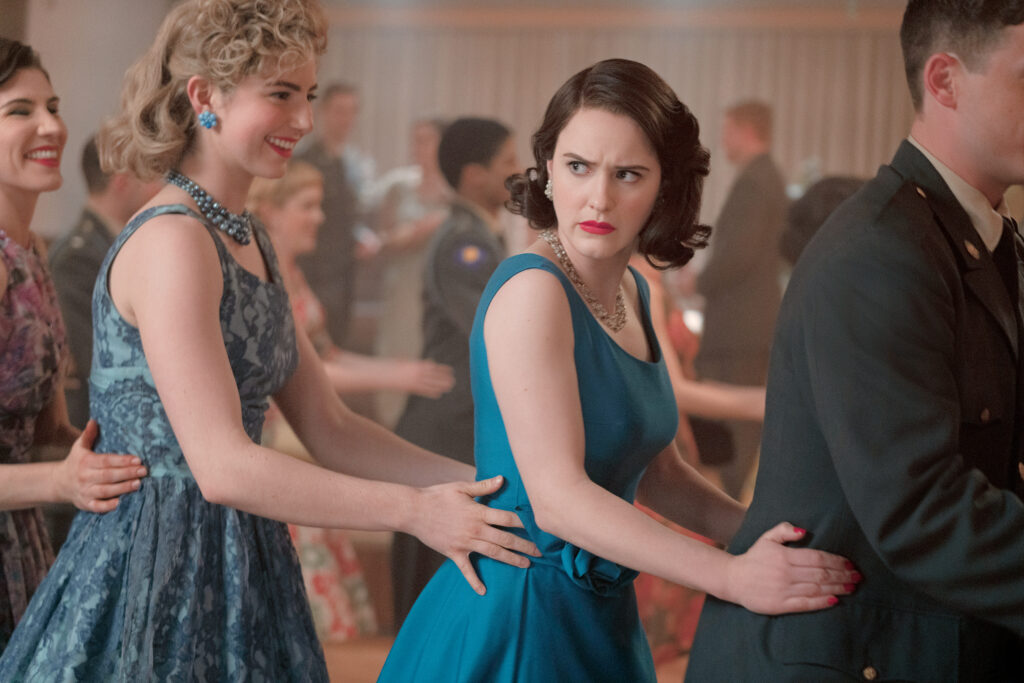
Building that confidence is no easy task. Moore says she’s found many actors have been told they’re not good dancers, leading to insecurities. “It’s time-consuming, but you need to help them believe in themselves,” she says. “It’s almost like therapy—you don’t want to feed into their complex. You want them to leave you loving dance.” One of the ways Moore fosters confidence in the rehearsal studio is by not having mirrors on the walls. “I don’t want them to get critical of how they look,” she says. She also holds off on filming portions of rehearsal until the dancers are ready.
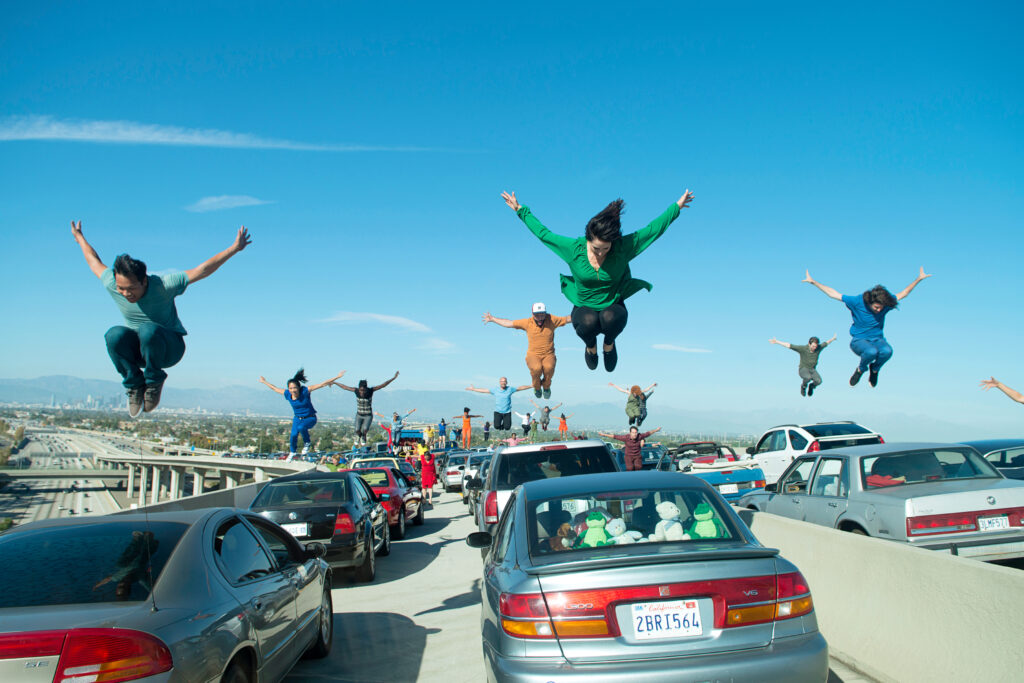
Navigating difficult personalities is another potential challenge. When casting dancers, choreographers can choose who to work with, but when they are part of a larger work with celebrities, they don’t have that luxury. Arnold does all she can to change the energy in the room. “If you are seeing negative things, introduce alternatives,” she says. “Dress for the betterment of the space. Sometimes I will come in wearing a message T-shirt that says something uplifting. Be kind, lead by example and make sure the rest of the cast feel supported by you.”
Choreographers’ Top Tips
Marguerite Derricks: Be a good educator
“It’s very important that a choreographer is a great teacher. Consider improving your craft by working with young students. This is not an insult, but teaching actors is a little like teaching children. You have to make them feel good, bring their confidence out and get them to trust you.”
Chloé Arnold: Build a team
“You can’t do it alone. You need people who will help you teach both the dancers and the actors leading up to the project. Find teachers you trust who will represent your voice with kindness, rigor and understanding. Then check in with all of those folks and get progress reports. Most importantly, you have to know when you need to be in the room with the A-listers, and when you don’t.”
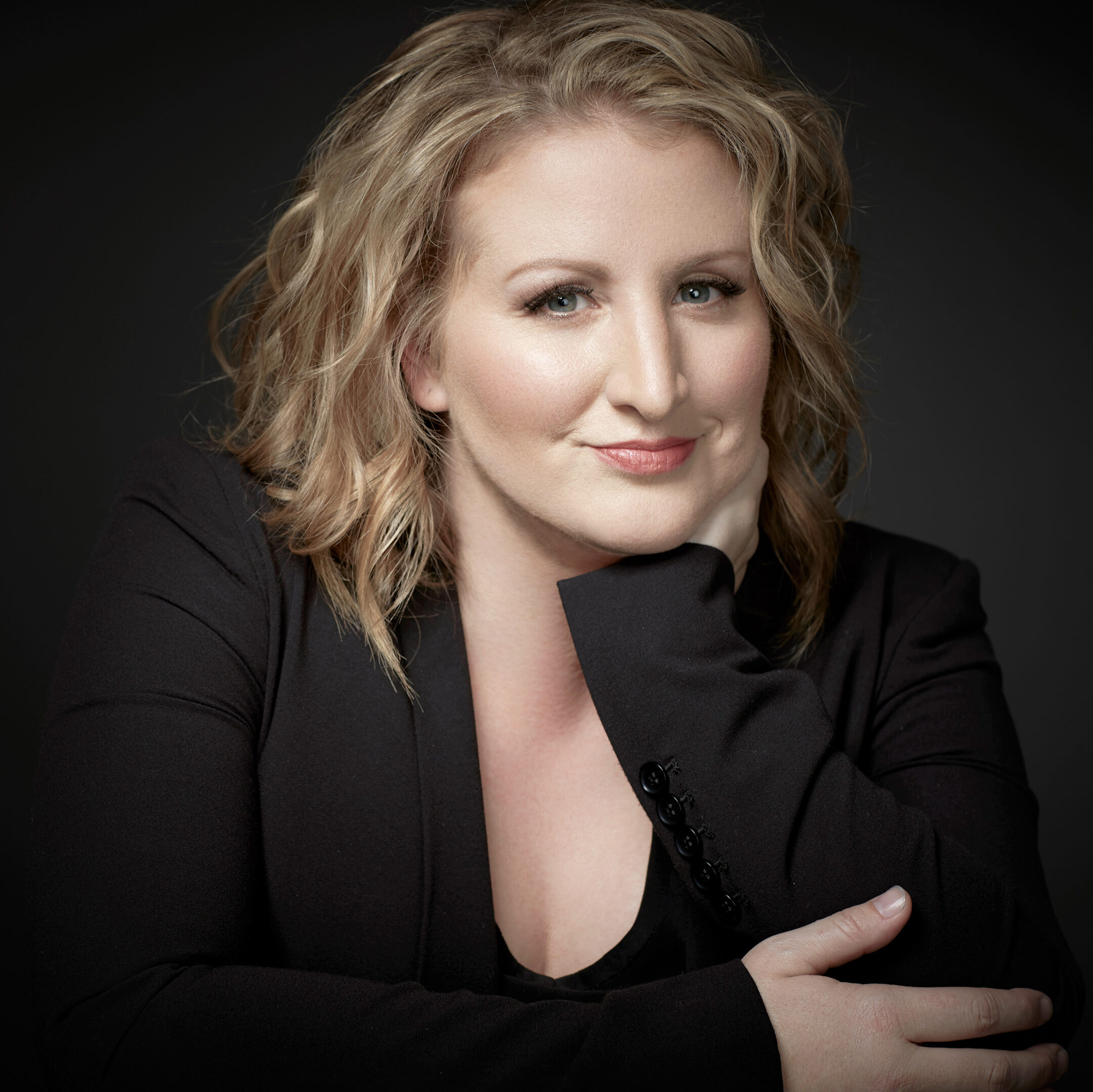
Mandy Moore: Manage expectations
“You need to manage expectations—know what the end goal is. For something like Natalie Portman in Black Swan, she needs to look like a high-level professional ballet dancer. But for La La Land, Emma Stone and Ryan Gosling were supposed to look like normal people having a great time dancing. If they were supposed to look like Fred and Ginger, I would have needed more rehearsal with them.”
